Which salvia is this?
helena_z8_ms
16 years ago
Related Stories
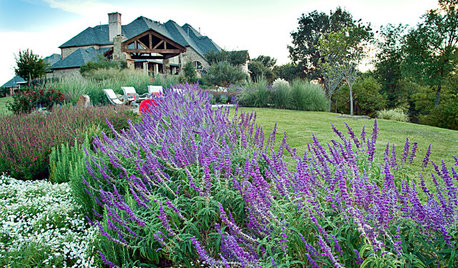
GARDENING GUIDESGreat Design Plant: Salvia Leucantha
Soft, velvety purple spikes gracefully arch over the gray-green foliage of Mexican bush sage in spring through fall in western U.S. gardens
Full Story
GARDENING GUIDESHouzz Call: What’s Your Favorite Backyard Beauty?
The simple, honest daisy is this writer’s go-to garden flower. We want to hear which plant, flowering or otherwise, gives you special joy
Full Story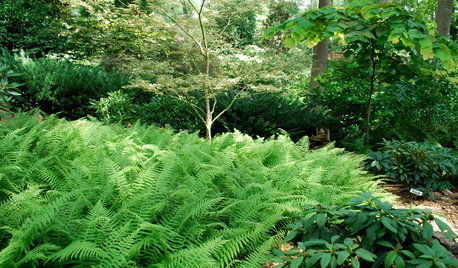
PLANTING IDEASFerns: A Shade Gardener’s Best Friend
Bring rich texture and contrast to a dark woodland landscape with wonderfully diverse ferns
Full Story
GARDENING GUIDESBright Plants for Flower Beds That Wow
From new annual and perennial varieties to grasses, get dramatic with swaths of color
Full Story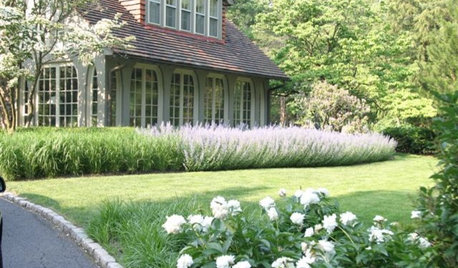
FLOWERSKeep Your Garden on Point With Spikes of Purple
Tall purple blooms bridge color gaps, contrast round flower forms and make for intriguing masses in the landscape
Full Story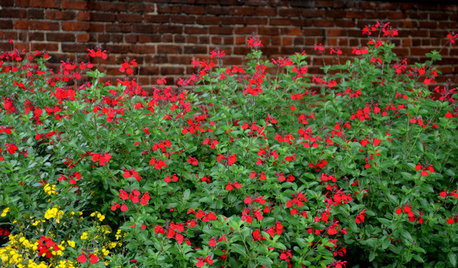
GARDENING GUIDESGreat Design Plant: Autumn Sage Brings Color and Butterflies
Whether you live in the arid desert or the humid South, you'll likely find this deer-resistant beauty as irresistible as winged creatures do
Full Story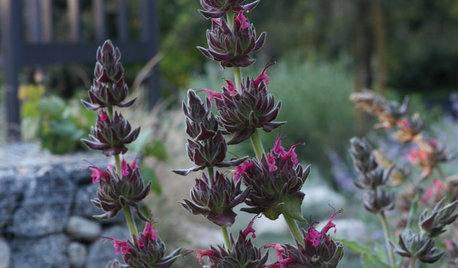
FLOWERS AND PLANTSHummingbird Sage Lures Wildlife With Its Sweet, Fruity Fragrance
This native California ground cover thrives with little water on grassy slopes, under trees or in patio containers
Full Story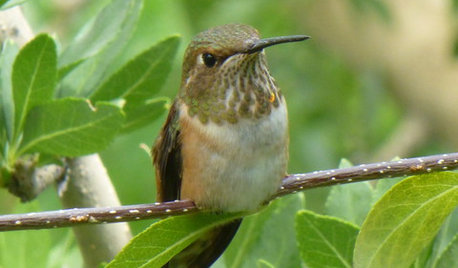
GARDENING GUIDES8 Flowers That Hummingbirds Adore
To draw those mesmerizing little birds to your garden or doorstep, plant these flowers that are attractive in more ways than one
Full Story
GARDENING FOR BUTTERFLIESBring on the Birds: Natural Habitat Ideas for Gardens of All Sizes
Provide nesting, watering and perching spots inspired by the Costa Rican jungle and watch the birds flock on over
Full Story
EARTH DAYHow to Design a Garden for Native Bees
Create a garden that not only looks beautiful but also nurtures native bees — and helps other wildlife in the process
Full StoryMore Discussions






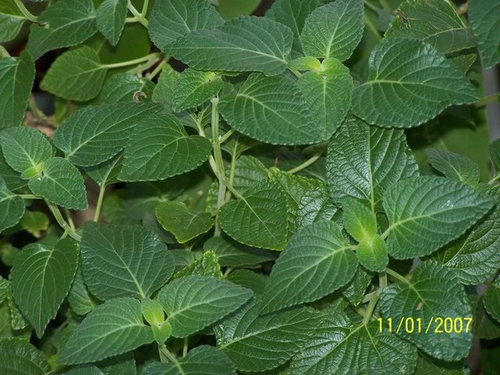
rich_dufresne
helena_z8_msOriginal Author
Related Professionals
Maple Valley Landscape Architects & Landscape Designers · Maple Valley Landscape Architects & Landscape Designers · Beachwood Landscape Architects & Landscape Designers · Tempe Landscape Contractors · Brownsville Landscape Contractors · Chesapeake Ranch Estates Landscape Contractors · Conroe Landscape Contractors · Fair Oaks Landscape Contractors · Homewood Landscape Contractors · Milford Landscape Contractors · Muttontown Landscape Contractors · New Port Richey East Siding & Exteriors · Silver Spring Siding & Exteriors · Tooele Siding & Exteriors · West Bloomfield Township Siding & Exteriorskaren__w z7 NC
helena_z8_msOriginal Author
rich_dufresne
CA Kate z9
rich_dufresne
pedoman
rich_dufresne
pedoman